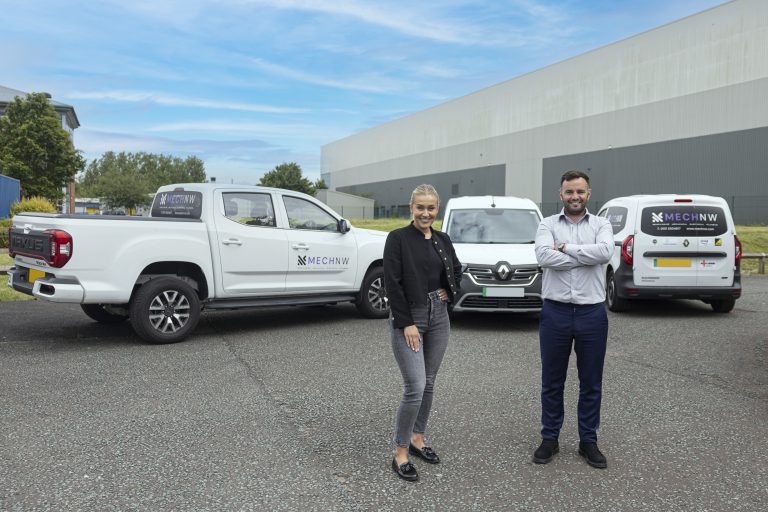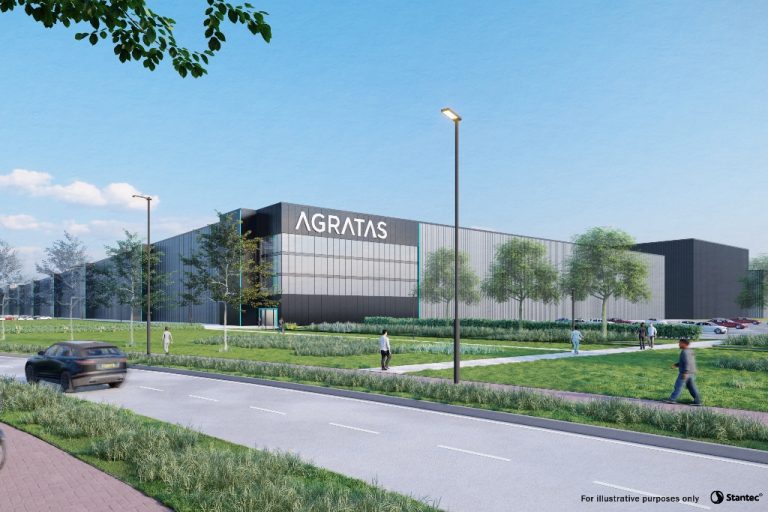Following the highly regarded 2023 awards ceremony in November of last year, the AEMT is delighted to announce that the nomination process for the 2024 awards programme is now officially open. Building on its past successes, the seventh outing of this sector specific awards scheme will again culminate in a gala presentation ceremony taking place on the evening of Thursday 21st November at the Doubletree by Hilton Hotel in Coventry. Centrally located for easy access from all over the UK, this venue will also play host to the supporting AEMT Conference – a ‘must attend event’ for all those in membership. The full programme will be announced during the summer, but its focus will again be on providing AEMT Members with help and guidance on a range of topics that will be of tangible value and relevance in the development their businesses. Then, during the evening, the AEMT Gala Awards Dinner will bring together the electrical and mechanical trades sector in a celebration of business and professional excellence. Personal endeavour, product innovation, skills training, engineering advancement and commercial acumen will once again be acknowledged and celebrated, in recognition of the achievements of both individuals and companies operating across the maintenance and repair arena. Industry wide engagement Operated by the Association of Electrical and Mechanical Trades (AEMT) the awards will again pay tribute to the skill, effort and sheer dedication of the people and businesses serving this important sector of industry. With the support of our invaluable sponsors, well deserved industry-wide recognition will be given to those businesses, who are excelling in their commercial endeavours, and in many cases going far beyond the call of duty, in ensuring the safe and efficient operation of plant and equipment within our critical manufacturing, commercial and utility sectors. Award categories The following nine categories make up the 2024 awards programme: – Call for nominations Entries are being sought for any company, product, application, or individual involved in the supply, installation, service, maintenance and repair of industrial machinery, such as electric motors, drives, pumps, fans, gearboxes, generators, transformers, switchgear, and ancillary equipment. Individuals can put forward entries for themselves and their own company, or they can nominate others that they know merit recognition. The online entry process couldn’t be easier, so anyone wishing to play their part in highlighting engineering excellence should visit the AEMT Awards website – www.aemtawards.com. Closing date for entries In keeping with the programme schedule in previous years, the closing date for all entries has been set as 5.00pm on Friday 6th September 2024, so for those wanting industry-wide recognition for a job well done, be it for product innovation or project management, for application know-how, or service and repair, they should make a note of this key date. It is free of charge to enter the awards, but the promotional value associated with being selected as a finalist is worth many hundreds of pounds. And for those individuals and companies fortunate enough to be announced as one of the nine winners during the charged atmosphere of the gala awards dinner, the promotional benefit is even greater. So, what have you got to lose? Just 20 minutes spent completing the online entry form, providing the information and details that you have at your disposal, and which presents and supports your business and professional endeavours, could make you a winner in your industry’s awards programme; the gravitas and promotional exposure for which is both valuable and enduring. Further details For more information, visit the website www.aemtawards.com or contact the awards programme producers, Touchwave Media, by phone on 07785 290034 or by email at andrew@touchwavemedia.co.uk. Building, Design & Construction Magazine | The Choice of Industry Professionals














